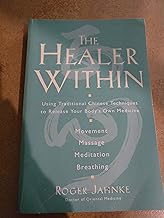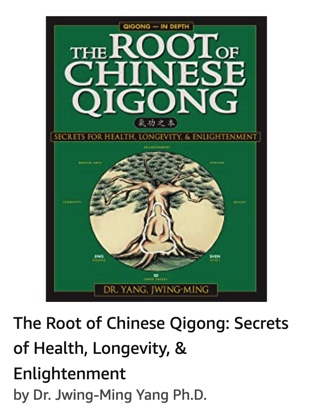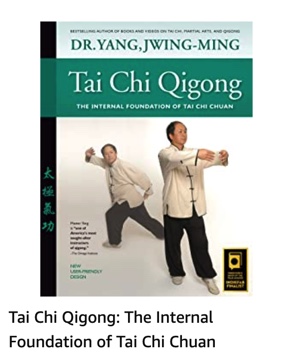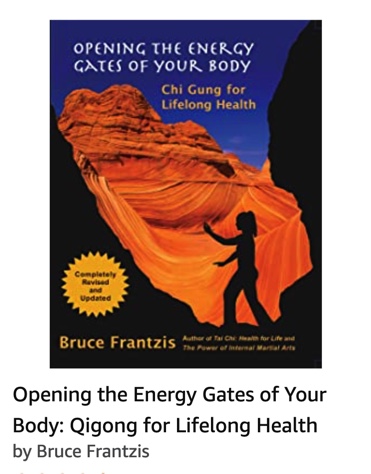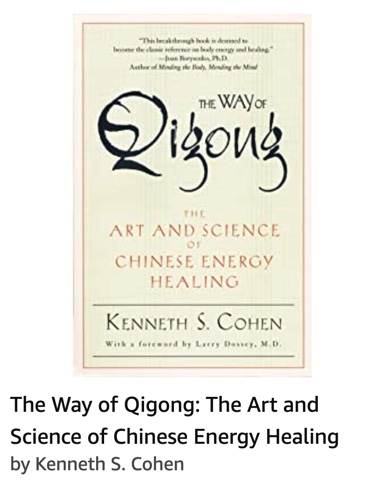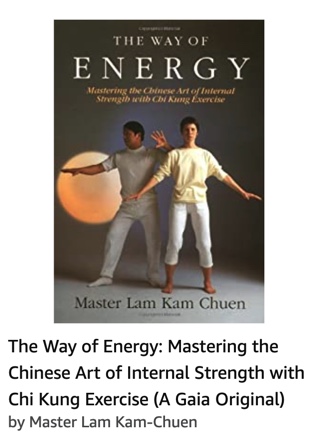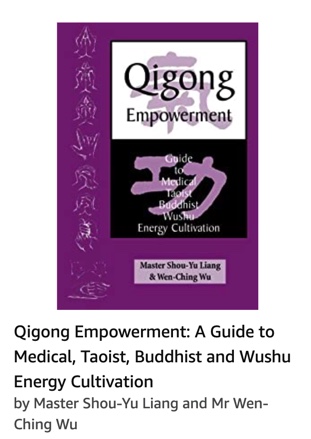Save the document below to your computer or photo gallery.
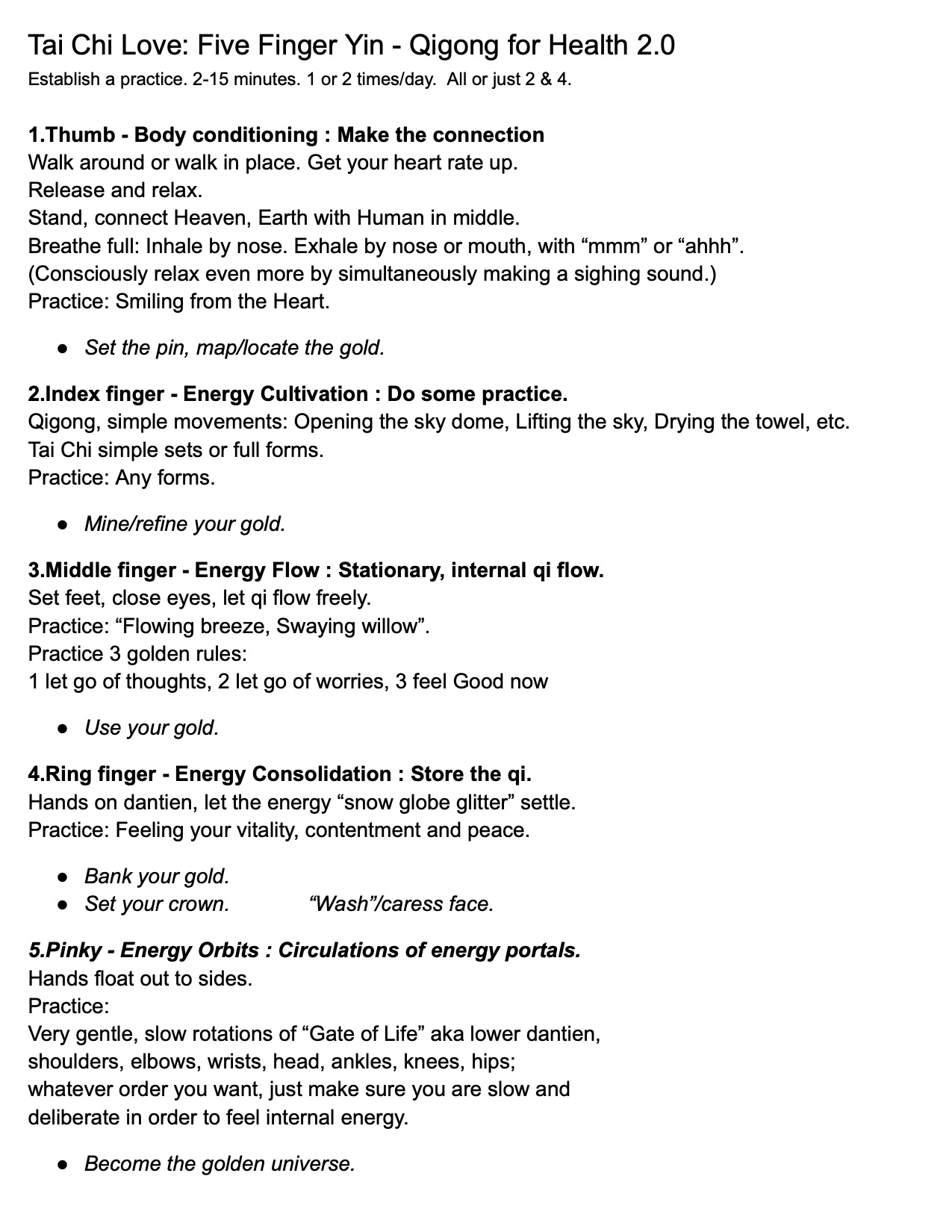
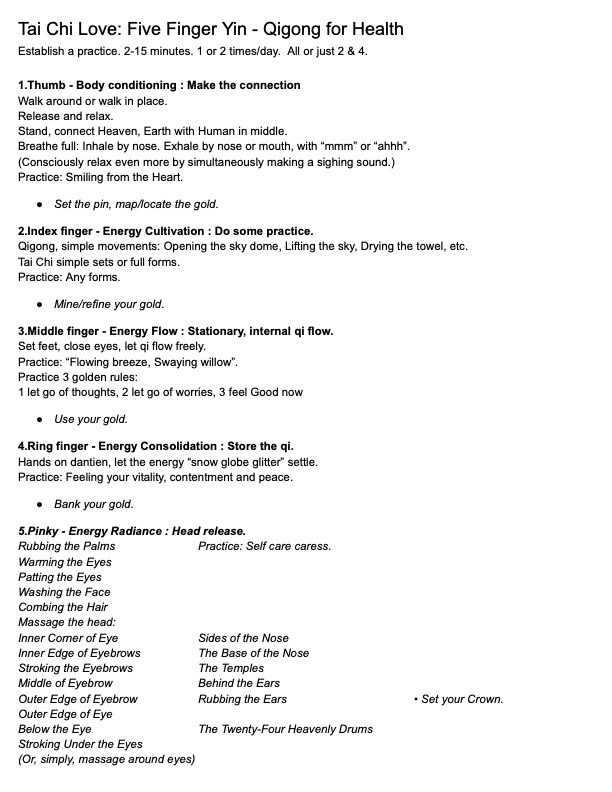 NAMASTE 🙏
NAMASTE 🙏
Albert Einstein, after watching newsreel after newsreel of Mahatma Gandhi, was especially intrigued how Gandhi placed his hands together as if in prayer and bowed in greeting to people in the streets. Einstein wrote Mahatma Gandhi to ask what was being said. Gandhi replied, “Namaste”. Einstein wrote Gandhi again to ask the meaning of the Hindu word “Namaste”.
The reply from Gandhi:
“I honor the place in you where the entire universe resides.
I honor the place in you of light, love, truth, peace and wisdom.
I honor the place in you where, when you are in that place, and I am in that place, we are both one.”
Salute to the Present Moment:
In my left hand I place my past.
In my right hand I place my future.
In union, I am here. I am now. I am in the present.
Qigong Theory
Many people think that qigong is a difficult subject to comprehend. In some ways, this is true. However, you must understand one thing: regardless of how difficult the qigong theory and practice of a particular style are, the basic theory and principles are very simple and remain the same for all of the qigong styles. The basic theory and principles are the roots of the entire qigong practice. If you understand these roots, you will be able to grasp the key to the practice and grow. All of the qigong styles originated from these roots, but each one has blossomed differently.
With this knowledge as a foundation, you will be able to understand not only what you should be doing, but also why you are doing it. Naturally, it is impossible to discuss all of the basic qigong ideas in such a short document. However, it will offer beginners the key to open the gate into the spacious four-thousand-year-old garden of Chinese qigong…
If you wish to know more about the theory of qigong, please send an email to info@taichilove.com with “More Qigong!” in the subject. We will respond right away with a free 15 page .pdf document of Qigong Theory.
Sign up for our mailing list via the pop-up window for updates and future class info.
The Meridians
Like a network of rivers nourishing a landscape, the meridians are the channels through which qi (chi) flows, to nourish and energize the human body. These channels exist within the subtle body. Though they may have a correspondence to the physical nervous system, you won’t find the meridians per se on an operating table! Collectively, the meridians form the matrix within which the physical body functions. They also act as a network of communication between the physical and the more subtle energetic bodies.
How Many Meridians Are There
There are twelve main meridians in the body, each associated with a particular element and Chinese medicine organ system. The meridians are typically listed in Yin/Yang pairs:
- Lung (arm-yin) and Large Intestine (arm-yang) = Metal Element
- Stomach (leg-yang) and Spleen (leg-yin) = Earth Element
- Heart (arm-yin) and Small Intestine (arm-yang) = Fire Element
- Bladder (leg-yang) and Kidney (leg-yin) = Water Element
- Pericardium (arm-yin) and Triple-Warmer (arm-yang) = Fire Element (again!)
- Gallbladder (leg-yang) and Liver (leg-yin) = Wood Element
Where Are The Meridians Located?
The arm-yin meridians flow from the torso along the inner edge of the arms to the fingers. The arm-yang meridians flow from the fingers along the outer edge of the arms to the head. The leg-yang meridians flow from the head down the torso and along the outer edge or back of the legs to the toes. The leg-yin meridians flow from the toes along the inner edge of the legs to the torso. The qi in a given meridian is strongest during a specific two-hour interval of the twenty-four hour day. The way qi travels in this cycle through the meridians is referred to as the Meridian Clock. When this flow is balanced and harmonious, we experience physical and emotional well-being. When the flow is blocked, erratic or deplete, we experience physical or emotional dis-ease. Qigong and acupuncture are practices which help us to maintain a healthy flow of qi through the meridian system.
Along with the twelve main meridians, there are what are called the Eight Extraordinary Meridians: the Du, the Ren, the Dai, the Chong, the Yin Chiao, the Yang Chiao, the Yin Wei, and the Yang Wei Meridians. The Eight Extraordinary Meridians are the first to form in utero. They represent a deeper level of energetic structuring and play an important role within the practice of Inner Alchemy.
Acupuncture Points
Along the path of the meridians, there are certain places where the energy pools, making the qi of the meridian more accessible there than at other places. These pools of energy are called acupuncture points. Each acupuncture point has a specific function, in relation to the Element and Organ System being accessed. The most powerful points tend to be at the ends of the meridians: at the toes, ankles, and knees; or fingers, wrists, and elbows. Very often, a symptom expressing in one part of the body will be alleviated by stimulating an acupuncture point that’s located in a completely different place on the body! This works because the point being stimulated lies on a meridian whose energy also passes through the injured or diseased part of the body – so the intelligence of a specific acupuncture point can be transmitted along the course of the meridian to the place within the body that is in need of healing.
Origins Of Our Knowledge Of The Meridian System
Who discovered the meridian system? It’s generally agreed that the source of our knowledge of the meridian system is three-fold: (1) information received in the deep meditations of the ancient sages; (2) the direct experience of the yogis, i.e. what they felt/saw within their own bodies; and (3) the empirical explorations of many generations of qigong and Chinese medical practitioners.
